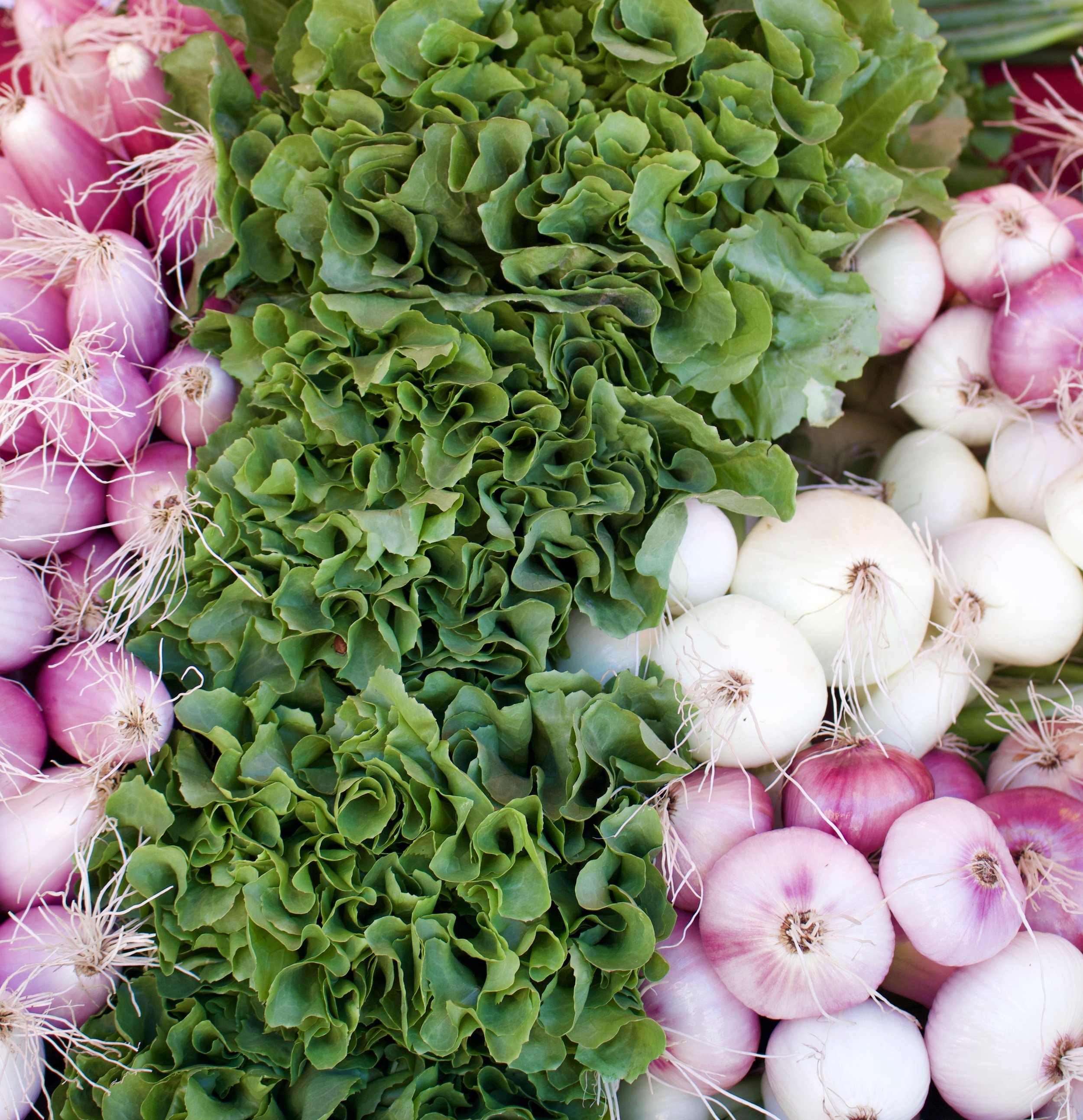When I think about food as a dietitian I think about what each food that I put in my body will do. What antioxidants, vitamins, minerals and nutrients does it provide? Will it increase inflammation, decrease inflammation, help my gut, decrease or increase the risk for disease? The list goes on and on. Food can be our greatest friend or our worst enemy when it comes to our health.
I created the recipes in The Anti-Inflammatory Kitchen Cookbook out of my passion for creating healthy, delicious meals for myself and my family and to help those suffering from conditions whose symptoms can be alleviated by an anti-inflammatory diet.
Inflammation is the cornerstone of many chronic diseases, such as arthritis, chronic pain, heart disease, and mast cell activation syndrome. Further, individuals with allergies, eczema, and migraines often also have high levels of inflammation. Reducing inflammatory foods in the diet may help reduce risk for these diseases and symptoms. The Mediterranean Diet which you have likely heard of provides a wonderful anti-inflammatory foundation, and is a plant based diet rich in whole grains, fruits, veggies, olive oil, nuts/seeds, lean chicken, and fish. The anti-inflammatory diet limits large amounts of processed foods, sugar, red meats, and saturated fats. The recipes in The Anti-Inflammatory Kitchen Cookbook use the superfoods made popular by the Mediterranean diet as a base, and layer on low-histamine foods to fight inflammation.
What is histamine and why do we want to consume low-histamine foods? Histamine is a normal compound produced in your body. Most people think of it when they have allergies, that itchy, puffy, sneezy feeling comes from histamine. Some people produce too much histamine or do not eliminate enough histamine naturally in the body, causing histamine to build up in your system. Mast Cell Activation Syndrome is when the body produces too much histamine, and histamine intolerance is when the body has too much histamine, usually because histamine is not being eliminated quickly enough. When histamine is released in the body inflammatory compounds are also released in the body.
Foods like aged cheese, balsamic vinegar, wines, aged fish, soy sauce, and even avocados are high in histamine. The Anti-Inflammatory Kitchen Cookbook will demonstrate the science behind the low histamine diet and how to incorporate anti-inflammatory foods to boost health and lower inflammation. This book is also gluten free because reducing wheat consumption helps people suffering from mast cell activation syndrome or histamine intolerance, and is recommended to those suffering from other inflammatory conditions. Eating an anti-inflammatory healthy diet not only will work to reduce your symptoms but the meals in this book are family friendly and delicious. It is time to boost your intake of superfoods, let your food help you heal.
Tip of the week:
My first tip of the week is that enjoying foods rich in color (natural of course) is the best place to start. My top contenders are berries, purple carrots and kale or Swiss chard. Unfortunately, rich in color only applies to fruits and vegetables, that red velvet cupcake will not help decrease inflammation. Each different fruit or vegetable provides different types of phytonutrients. Phytonutrients are helpful plant compounds that work as antioxidants in the body to help reduce inflammation and can help to decrease symptoms. Purple carrots, for examples, have the phytochemicals anthocyanin and beta-carotene which are powerful antioxidants. So if you can do one thing, well maybe two this week, eat more plants and fresh whole foods, particularly those rich in color. See you next week!


